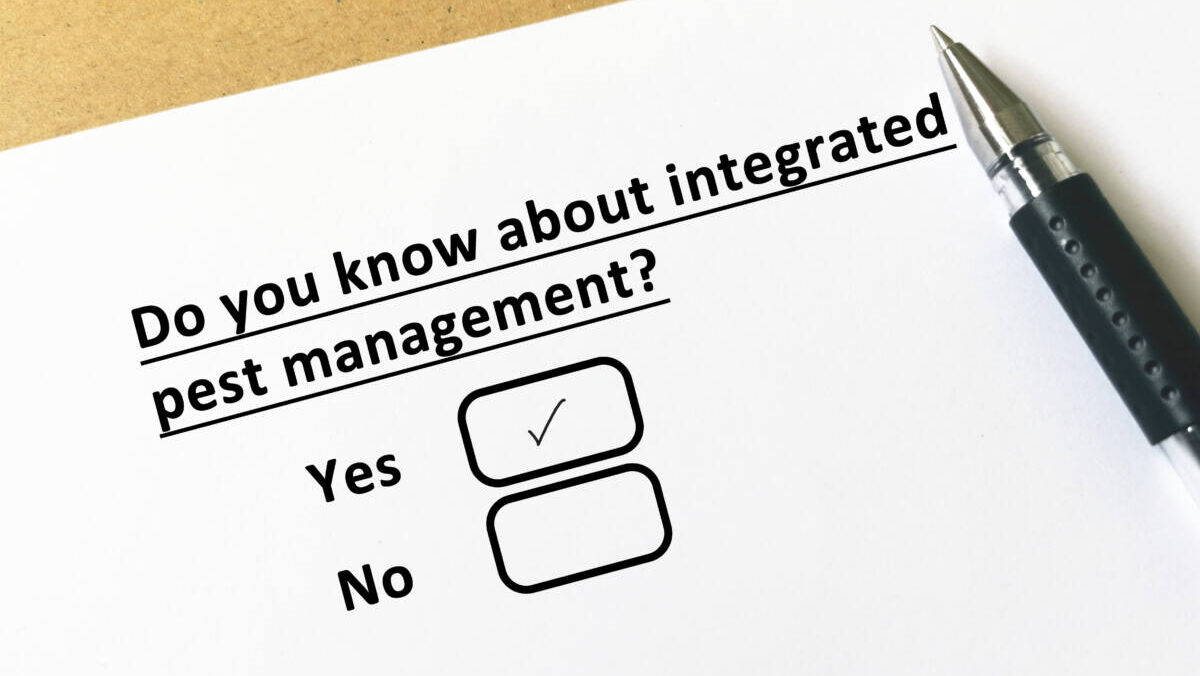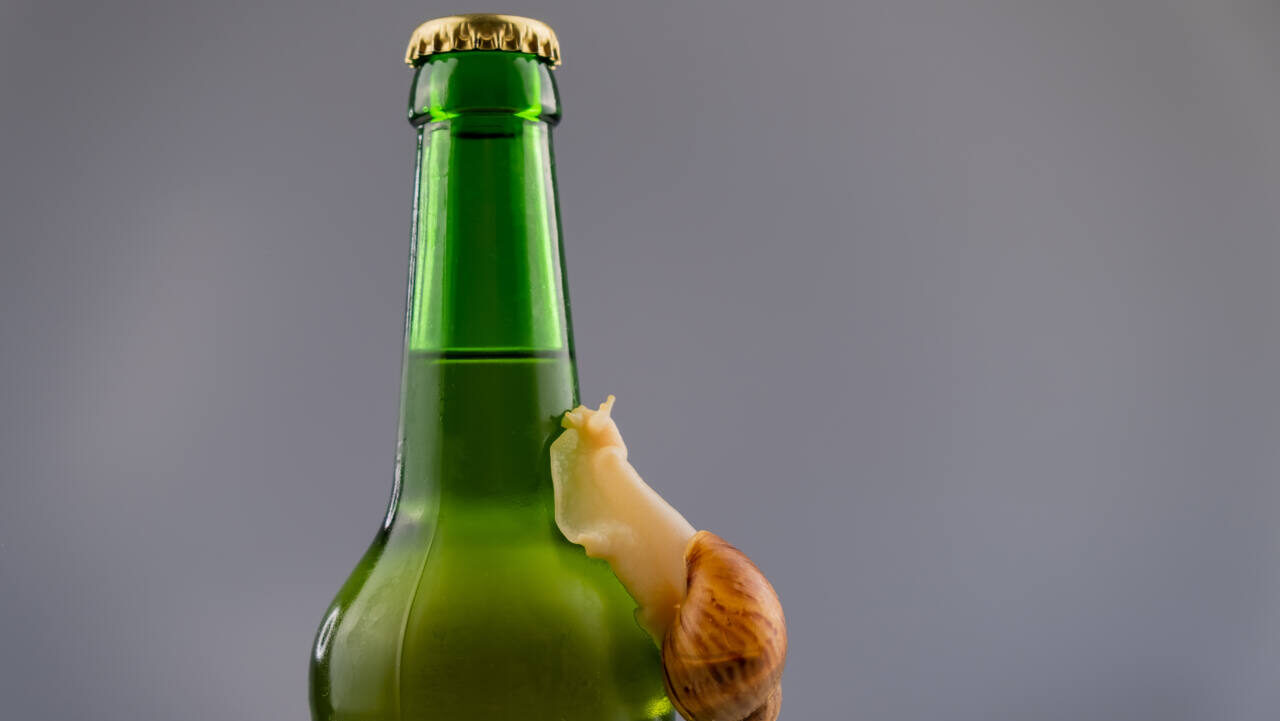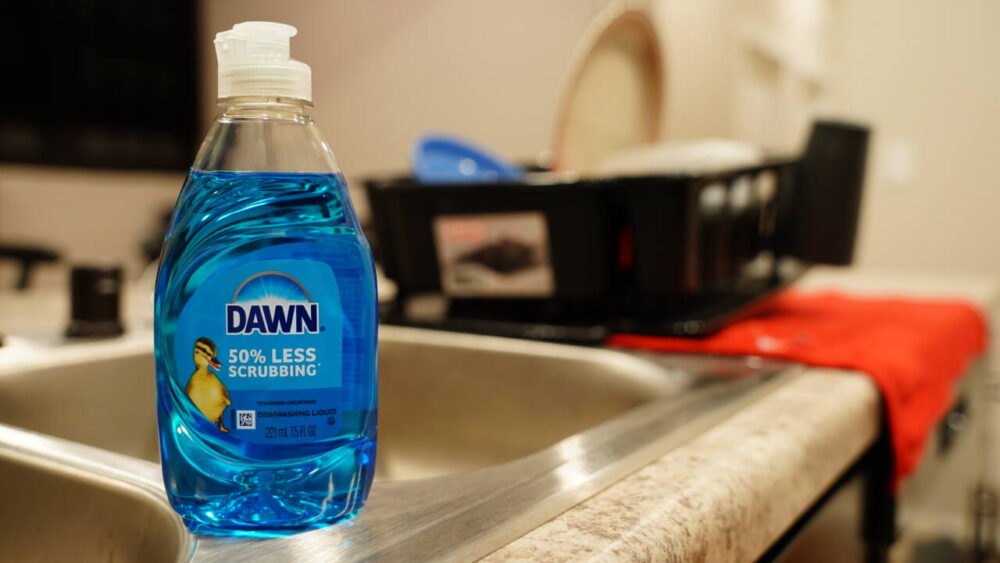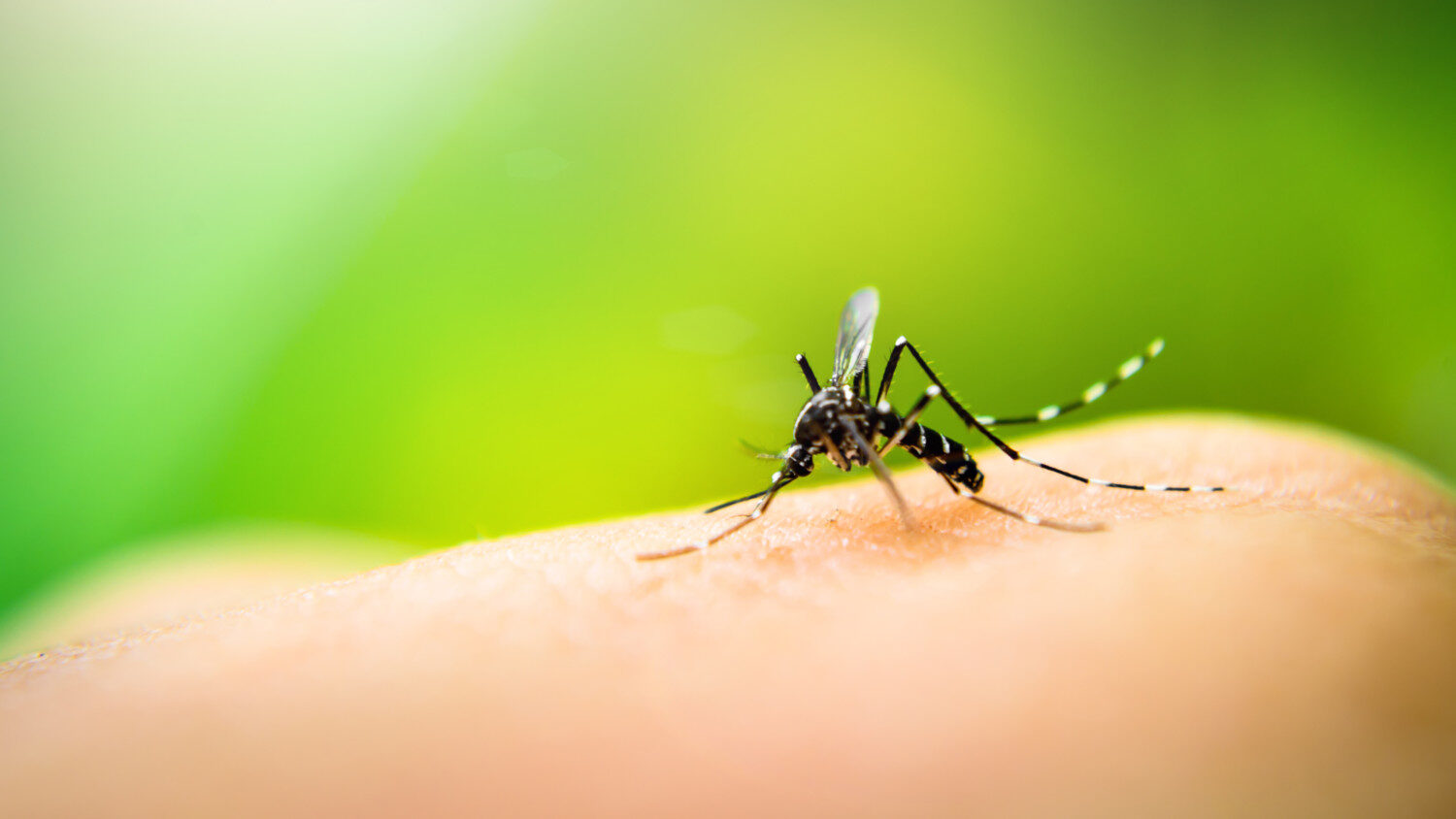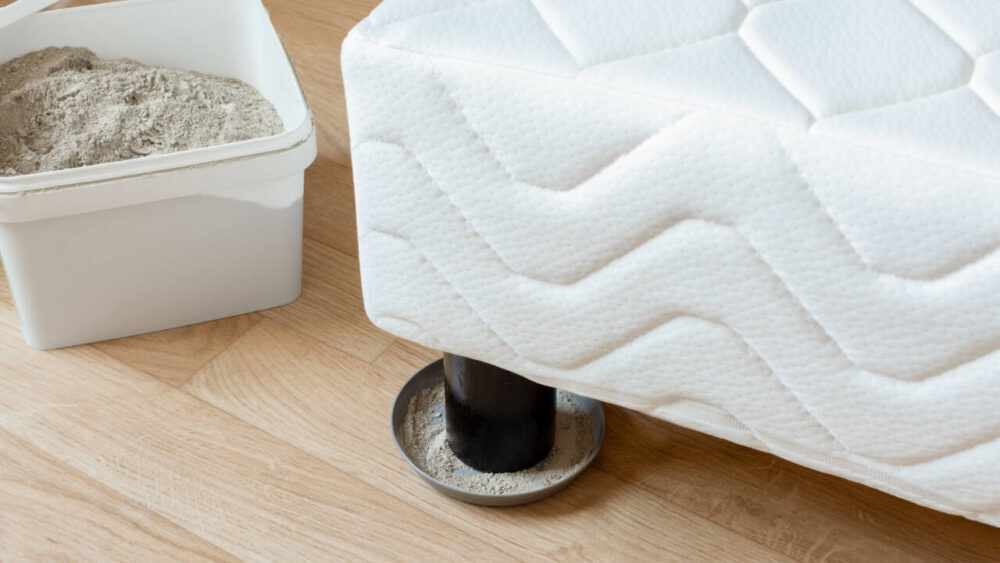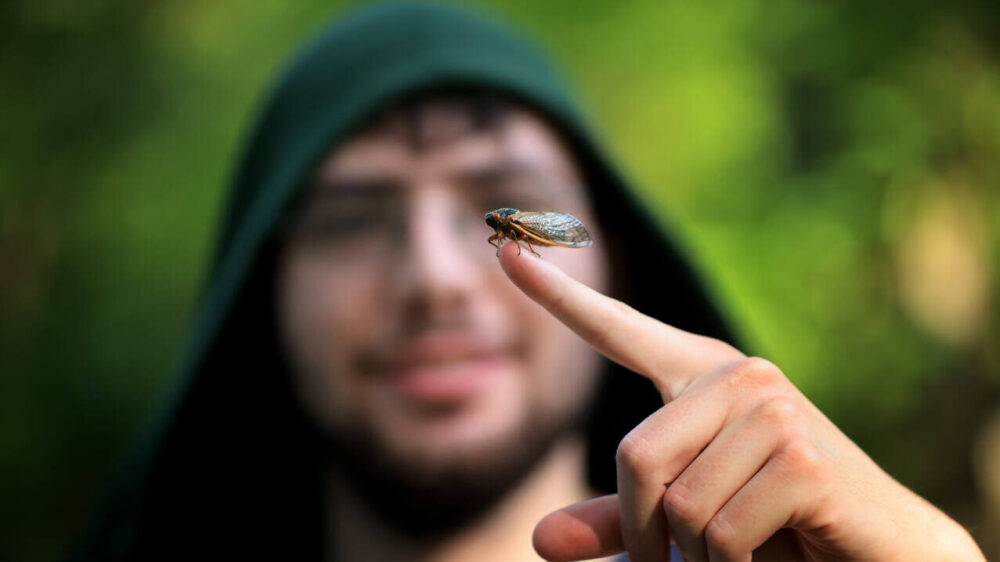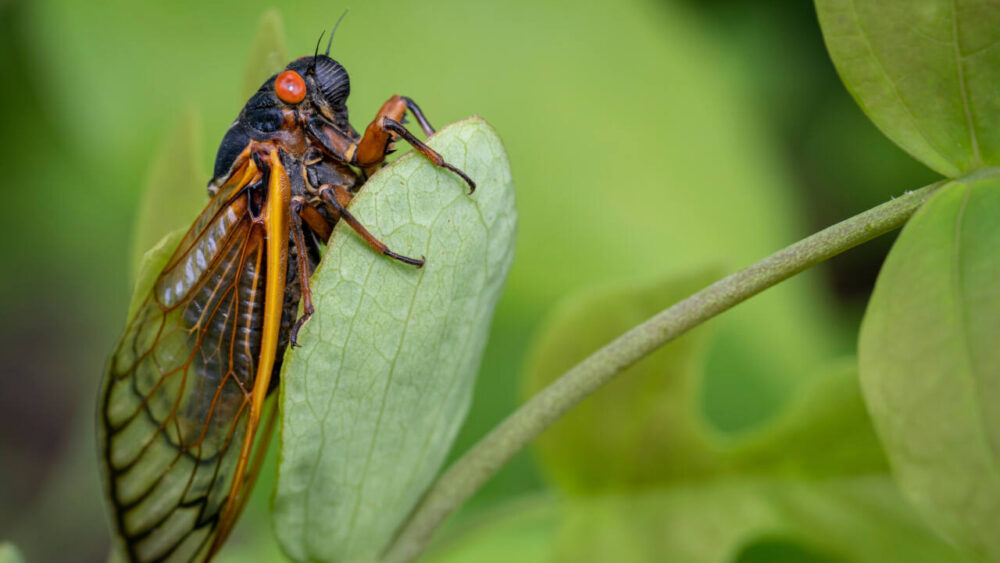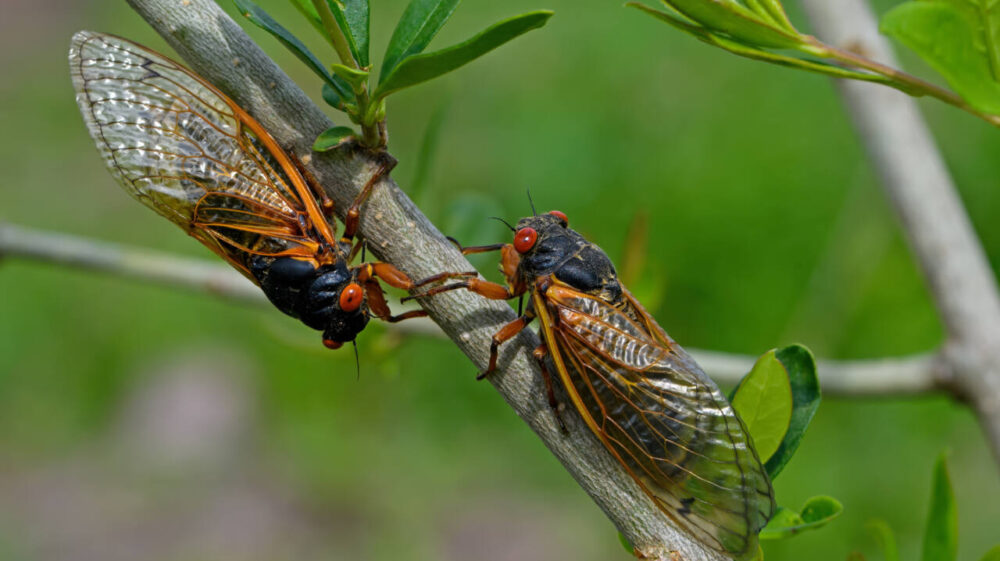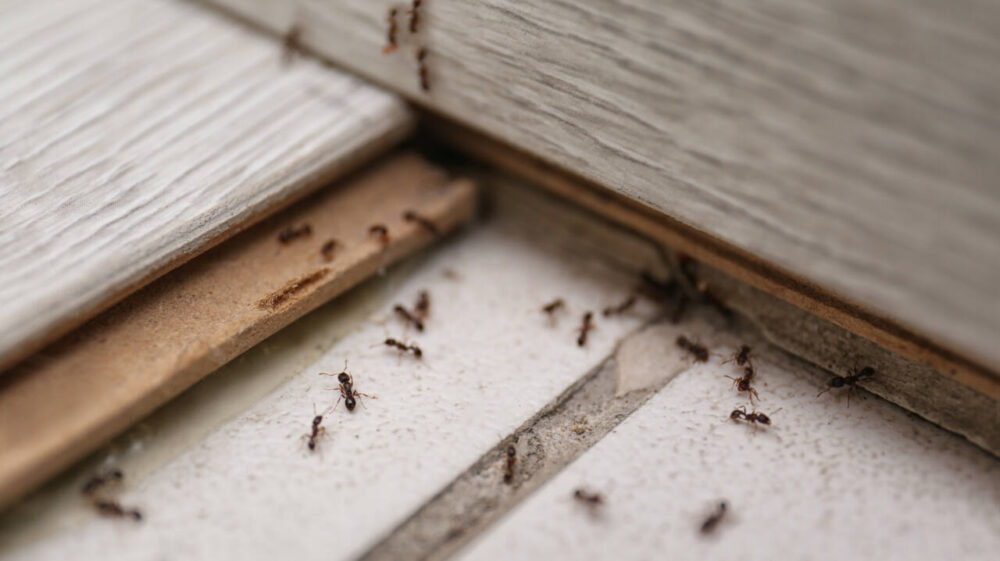These DIY all natural pesticides will keep bugs out of your house
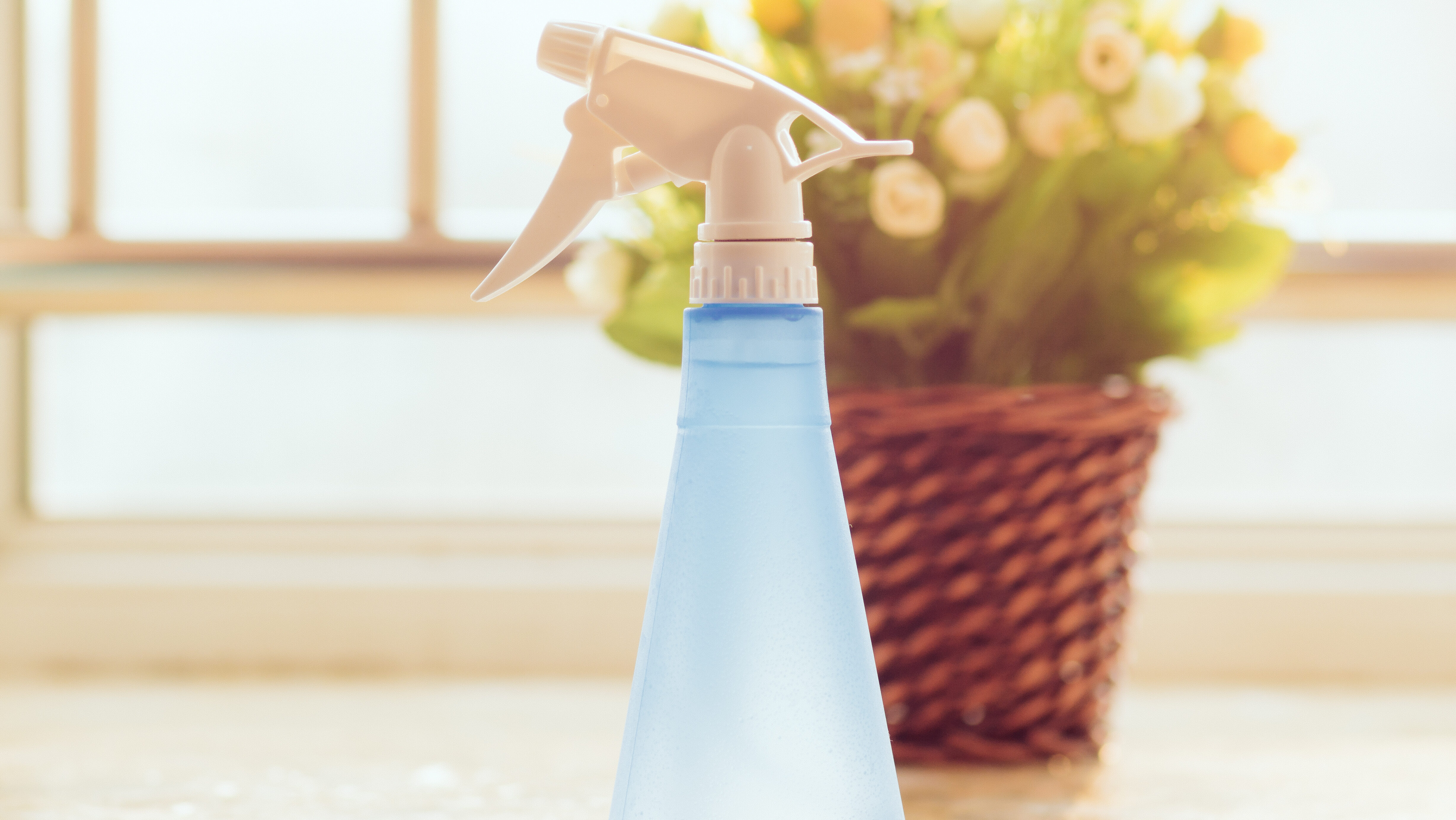
The products and services mentioned below were selected independent of sales and advertising. However, Simplemost may receive a small commission from the purchase of any products or services through an affiliate link to the retailer's website.
The battle against pests in your house may seem never-ending. And you want to have the best tools to kill them and keep them from coming back.
However, most people have grown increasingly conscious of pesticide and insecticide usage resulting in a hunt for natural pesticide alternatives that can be less fear-inducing and also beneficial to insects, bees and other bugs.
Integrated Pest Management
First, before you start trying any type of pesticide, consider using the principles of the “integrated pest management” method or IPM, which includes several other DIY pest control steps. This environmentally friendly method of controlling pests starts with recognizing and monitoring problem insects, microorganisms, rodents, and other creatures in a particular area.
That’s because not all pests are harmful, as the U.S. Environmental Protection Agency points out. Some are good for our gardens and our homes — and even those that aren’t may not be a problem if you only see one or two indoors.
IPM then works at preventing insects from entering your home. Check to make sure that you’ve physically blocked pest entrances as much as possible. This could include caulking holes in your walls, fixing screens and shoring up your foundation. It can also include making sure you keep a clean kitchen and contain food (seal in bags, store in the fridge or tight containers) or other pest attractants.
Prevention steps also include eliminating sources of water, making sure foliage isn’t touching your home, using physical bug and rodent traps, and introducing natural predators of the pest you want to keep out.
Once you’ve done all of these things, then you can move on to pesticides if needed. And if you’re looking for more natural versions of pesticides and insecticides, here are some tried and true ones.
Spray Spinosad
Spinosad is derived from soil bacteria and works on thrips, spider mites, mosquitoes, ants, leafminers, fruit flies, caterpillars, sawfly larvae, leaf beetles, gall-making flies and emerald ash borer beetles. It is toxic to bees, so avoid using it around areas where bees are active, or apply at night when they are inactive and the product has time to dry. Once dried, spinosad is less poisonous. You can get it in different formulations that are safe for organic gardens.
Use Beer To Drown Slugs
Beer — yes, beer — can be used to kill slugs. While this might not be the most humane method, it does work. Essentially, the slugs are attracted to beer, and if enough is placed into a shallow container, they’ll essentially drown in it. When it comes to using this pest control method, you’ll:
- Pour beer into a shallow container, like a yogurt cup.
- Bury the container with the beer in soil. Leave about a half inch of the rim showing.
- You may wish to cover the container loosely to prevent rain or evaporation.
Lay Down Some Neem Oil
Neem oil, derived from the seed of the Neem tree, is great for stopping ants and many other kinds of pests. Why? Its active component, azadirachtin, affects feeding and breeding of insects. Essentially, it stops them from procreating and nourishing themselves.
Neem oil does, however, need to be reapplied often. Also, make sure you are using a concentrated amount, as compared to a product with just a touch of neem oil in it.
Try Carvacrol For Cockroaches
Carvacrol, an essential oil that comes from oregano, thyme and other plants, has been shown to shorten the life of male cockroaches. You can apply an essential oil spray with carvacrol in areas where you’ve seen cockroach activity to help reduce the amount of these pests in your home. When you’re shopping, look specifically for an oregano oil product with a high carvacrol level.
Use Dish Soap
You’ve probably seen people use dish soap to catch fruit flies in their home, and there’s a reason why. Scientists believe — though more research needs to be done — that the soap harms their protective coatings leaving them vulnerable and ultimately causing their bodies to dry out.
Other than this solution’s pesticide-free perks, there’s also the fact that you likely already have dish soap on hand. Any brand will do. If you’re looking to get rid of fruit flies specifically, just add a a bit to a shallow dish and mix with apple cider vingear.
MORE: How to get rid of ants in your house
Get Boric Acid and Bait Ants
Boric acid, a compound of boron, can be used to trap certain species of ants. Those that eat sugar are attracted to the powder when combined with, well, sugar, but others like carpenter ants and pharaoh ants might not be as responsive.
- Combine 1 teaspoon of boric acid with distilled water and sugar in a measuring cup. Use 3 tablespoons of sugar, then fill the container to the one and three-quarters cup mark.
- Place it in the areas in which ants are active. Ants will be attracted to the sweet liquid and then killed by it.
If you use this method, be sure not to disturb any existing food sources. While it might be tempting to move your food out of pantries to keep it safe, it can disrupt their usual meal ticket and deter them from feeding on the sugar and boric acid mixture.
Try Bacillus Thuringiensis (Bt)
Bacillus thuringiensis, or Bt, is a naturally occurring bacteria that can be used in an insecticide spray around the outside of your home and on plants. There are different strains of the bacteria that are effective against different insects,. While tracking down a specific strain is going to be difficult as a lay person consumer, whatever product you choose that contains the bacteria will likely also have a listed pest or pests that it’s designed to repel.
As for what those pests could, Bt works on everything from beetles to the larvae of mosquitos.
Scatter Iron Phosphate Around
Iron phosphate occurs naturally in soil but also can be purchased as an insecticide. Granules of iron phosphate can be scattered where slugs and snails are spotted near your home. Once they eat the granules, they stop feeding and eventually die.
Sprinkle Diatomaceous Earth
You know those packets in pill bottles that prevent moisture? Well, that’s silica, and it’s the stuff that also make diatomaceous earth an effective pest repellent. Diatomaceous earth is made of diatoms (hence the name). They’re fossilized algae, and while that’s cool, it’s actually what’s in the diatoms that make it effective — you guessed it, silica.
This pest repellent works similarly to the way silica packs works in your pill bottles. Essentially, it dries up an insect’s exoskeleton, killing them. It doesn’t need to be ingested, either. It’ll stick to them and is most effective in ants, slugs, millipedes and woodlice.
While natural pesticides and insecticides can work, keep in mind that they often require more frequent applications and larger doses. They can also may take longer to make an impact. The best method of controlling pests around your home seems to be a combination of physically blocking them, introducing natural predators and inhibitors, making sure your home is set up for preventing pest problems, and then using pesticides if absolutely necessary.


